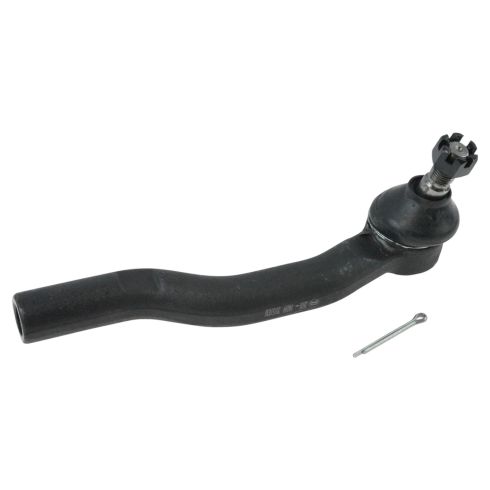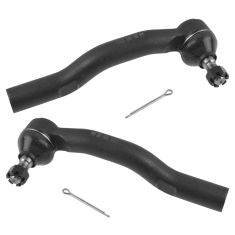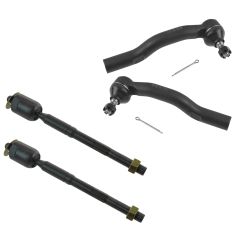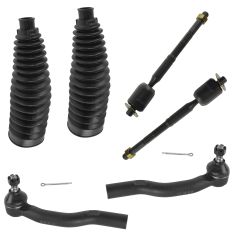1ASTE00630-Toyota Lexus Front Passenger Side Outer Tie Rod TRQ PSA68396

Replaces
2011 Lexus ES350 Front Passenger Side Outer Tie Rod TRQ PSA68396

Product Reviews
Loading reviews
4.00/ 5.0
2
2 reviews
2007 camry passenger side outer tie rod
November 3, 2017
It fits; however, it is made in China. I thought it is made in USA when I ordered it online. Don't know how long this made-in China last. The description should tell that it is made in China.
Tie rod part and shipping time
September 25, 2018
This is the first time I have used 1A Auto, after it was referred to my by another do it youselve mechanic. The part or tie rod I order arrive in two day like I was told, it was a perfect fit for my Toyota. This may be my first but it will not be the last time I use 1-A Auto. For you do it your selves you can lost, but you can save a boat load of money. No better auto part store than A1
Customer Q&A
No questions have been asked about this item.
Lexus is a registered trademark of Toyota Motor Corporation. 1A Auto is not affiliated with or sponsored by Lexus or Toyota Motor Corporation.
See all trademarks.














